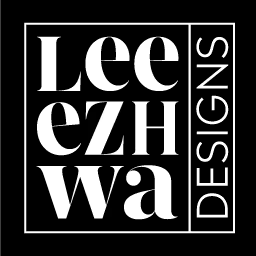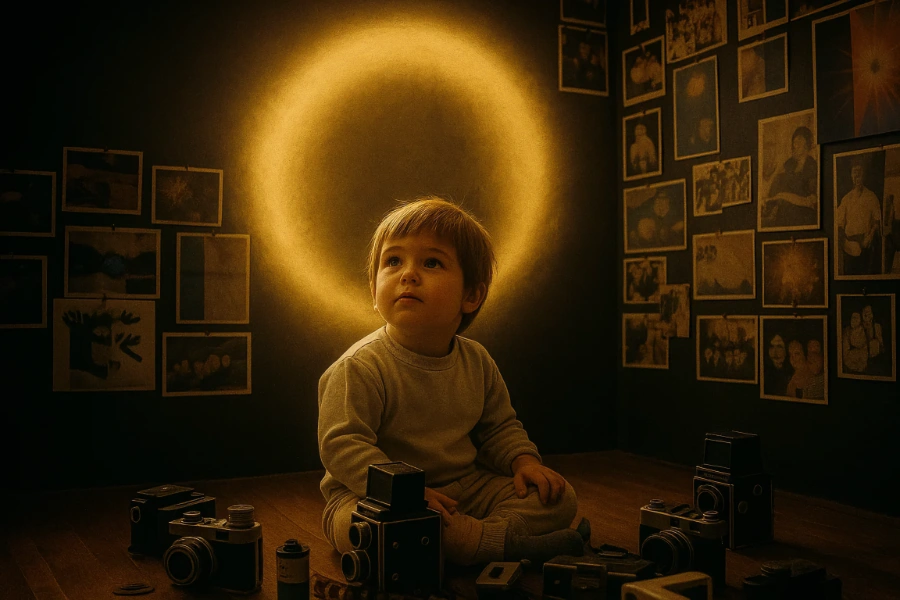My First Language Was Images
Before I learned how to write sentences, I learned how to frame a shot.
Both of my parents were photographers. Our house wasn’t decorated with wallpaper or paintings; it was decorated with contact sheets, negatives, enlargements drying on lines. Where other kids grew up with bedtime stories, I grew up with slide projectors.
Images were everywhere. They were the air I breathed.
I learned early that an image could freeze truth faster than words. It could tell a story without dialogue, make you feel something without explanation. For me, images weren’t decoration. They were language.
And once you learn to speak in images, you can never go back.
The Problem: Why Words Weren’t Enough
Here’s the thing: words lie more easily than images. Words are slippery. They can be twisted, spun, polished until the truth disappears.
But an image? An image betrays you. It shows the wrinkle, the hesitation, the shadow. My parents used to say: “The camera never lies, it just reveals what you’re not ready to see.”
And yet, society trains us to rely on words: résumés, reports, pitches, meetings. We’re conditioned to believe words are the “serious” tools and images are secondary, just “pretty pictures.”
The research proves otherwise:
- MIT neuroscientists found the brain can process an image in as little as 13 milliseconds. Words? Far slower.
- A Stanford study showed that information paired with visuals is 22x more likely to be remembered.
- Psychology Today reported that 65% of people are visual learners, making image-first communication far more inclusive.
So why are we still pretending words are enough?
Personal Anecdote: The Family Darkroom
I can still remember the smell of developer solution in my parents’ darkroom. The red light overhead. The quiet magic of an image slowly appearing on paper submerged in liquid.
That darkroom taught me patience. It also taught me reverence. Because when an image came to life, it wasn’t just paper. It was memory. Proof. A story that couldn’t be denied.
One evening, I watched my father develop a portrait. The subject’s eyes were closed, head tilted just slightly, hair unkempt. It wasn’t flattering. But it was real. It said more than a thousand rehearsed words.
That moment seared into me: truth isn’t always polished. Truth is felt. And images deliver truth fast.
Framework: Images as First Drafts of Truth
Here’s how I think of it now:
Words explain.
Images reveal.
Words are constructed, logical, often filtered. Images hit raw, unmediated. They bypass rational filters and land straight in the emotional brain.
Neuroscience calls this the dual coding theory: humans store information in two channels, verbal and visual. But the visual channel is faster and more enduring. That’s why we remember faces better than names.
So when you want to make an idea undeniable, don’t just say it. Show it.
ADHD and Visual Thinking
For an ADHD brain like mine, visuals weren’t just powerful, they were survival.
ADHD often makes linear, verbal processing exhausting. But visual thinking? That’s where the spark lives.
Research in Frontiers in Human Neuroscience shows that ADHD adults demonstrate superior divergent thinking and visual-spatial creativity compared to non-ADHD peers. Our brains leap across images, patterns, metaphors.
That’s why I was never satisfied with bullet points. I wanted diagrams. Storyboards. Visual metaphors. Not because they were “creative extras,” but because they were my language.
The Shift: From Speaking to Showing
As I grew into my career, I realized my edge wasn’t how well I could argue with words. It was how well I could show the idea.
In presentations, I stopped filling slides with text. I used images that hit hard, then told the story around them.
With clients, I sketched napkin diagrams instead of long explanations. They always remembered the sketch.
In branding, I treated logos and visuals not as decoration but as compressed stories, shorthand for entire identities.
And every time, the same thing happened: the room leaned in. People remembered. People acted.
Because images don’t just support the story. They are the story.
Actionable Takeaways
If you want to learn to “speak in images,” start here:
Pair Every Point With a Picture.
Next time you present, ask: what’s the image that makes this idea undeniable?
Use Metaphors.
Draw parallels visually: bridges for connection, storm clouds for risk, open doors for opportunity.
Build a Visual Library.
Collect photos, sketches, symbols that resonate with you. Use them like vocabulary.
Practice Image-First Thinking.
Before writing, sketch. Before explaining, doodle. Before persuading, show.
Test Emotional Impact.
If the image doesn’t make you feel, it won’t make your audience feel either.
Conclusion: My Native Tongue
I grew up in a house of cameras, negatives, and light. My first language wasn’t French or English. It was images.
And that language has shaped everything I do: the way I design, the way I lead, the way I tell stories.
Because words might persuade. But images? Images stick. Images move. Images speak truths that words can’t.
And if you want to tell stories that are undeniable, learn to speak in images.
Still Hungry?
Don’t stop here. If this post lit a spark, you’ll want to dive into more ideas cut from the same cloth, sharper thinking, bolder design, and zero fluff.
The Day I Fired My “Inner Impostor Boss”
How ADHD magnifies impostor syndrome and what it takes to shut it down.
From Corporate Costume to Thin Creative Skin
Why hiding behind conformity kills originality and how authenticity is your new armor.
Permission Slips for Reinvention - Why no one else is going to hand you one.
Stop waiting for diplomas, managers, or permission... write your own slip.


